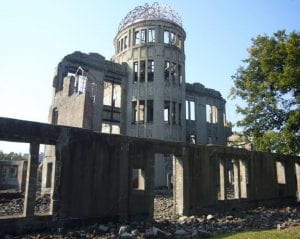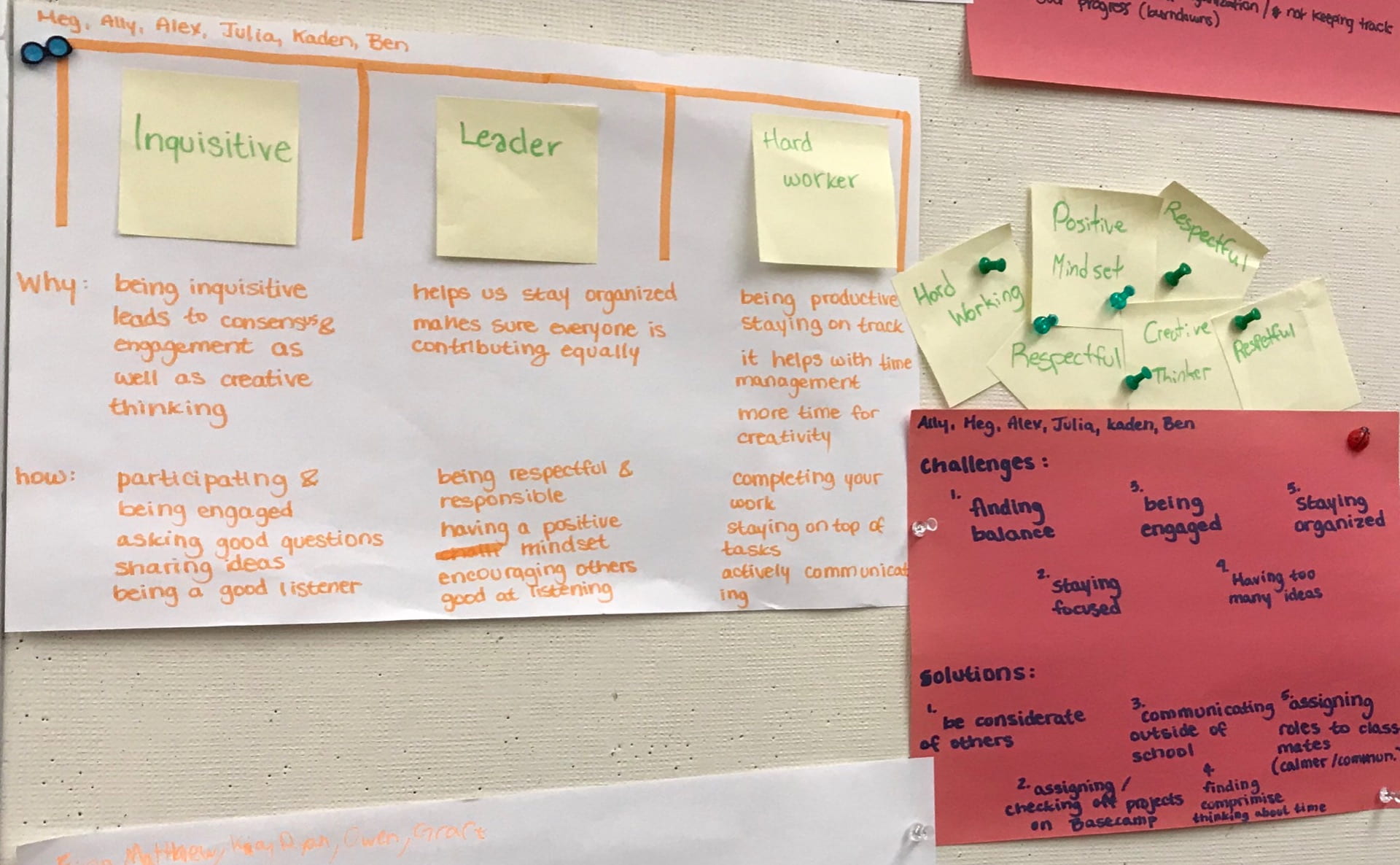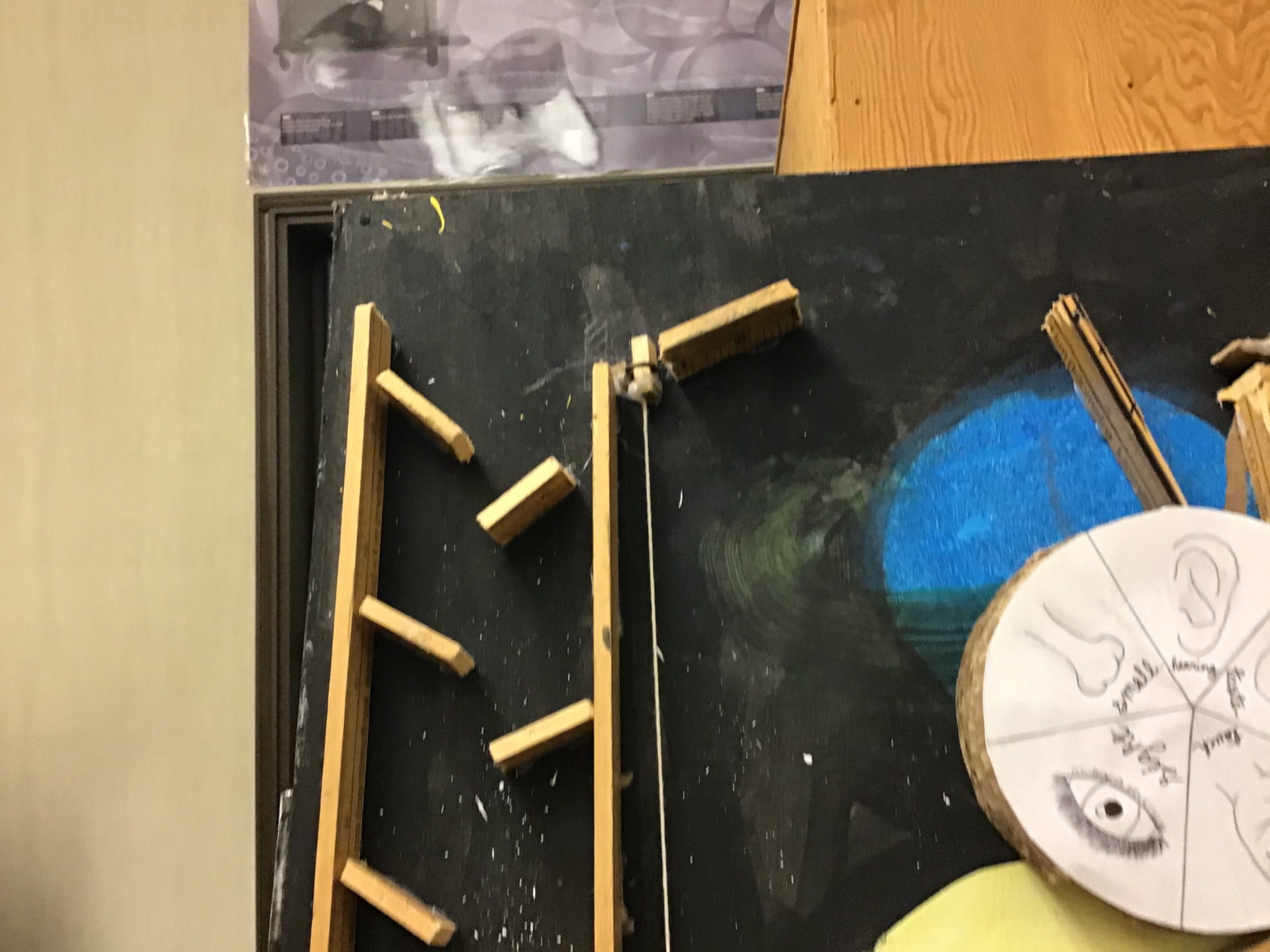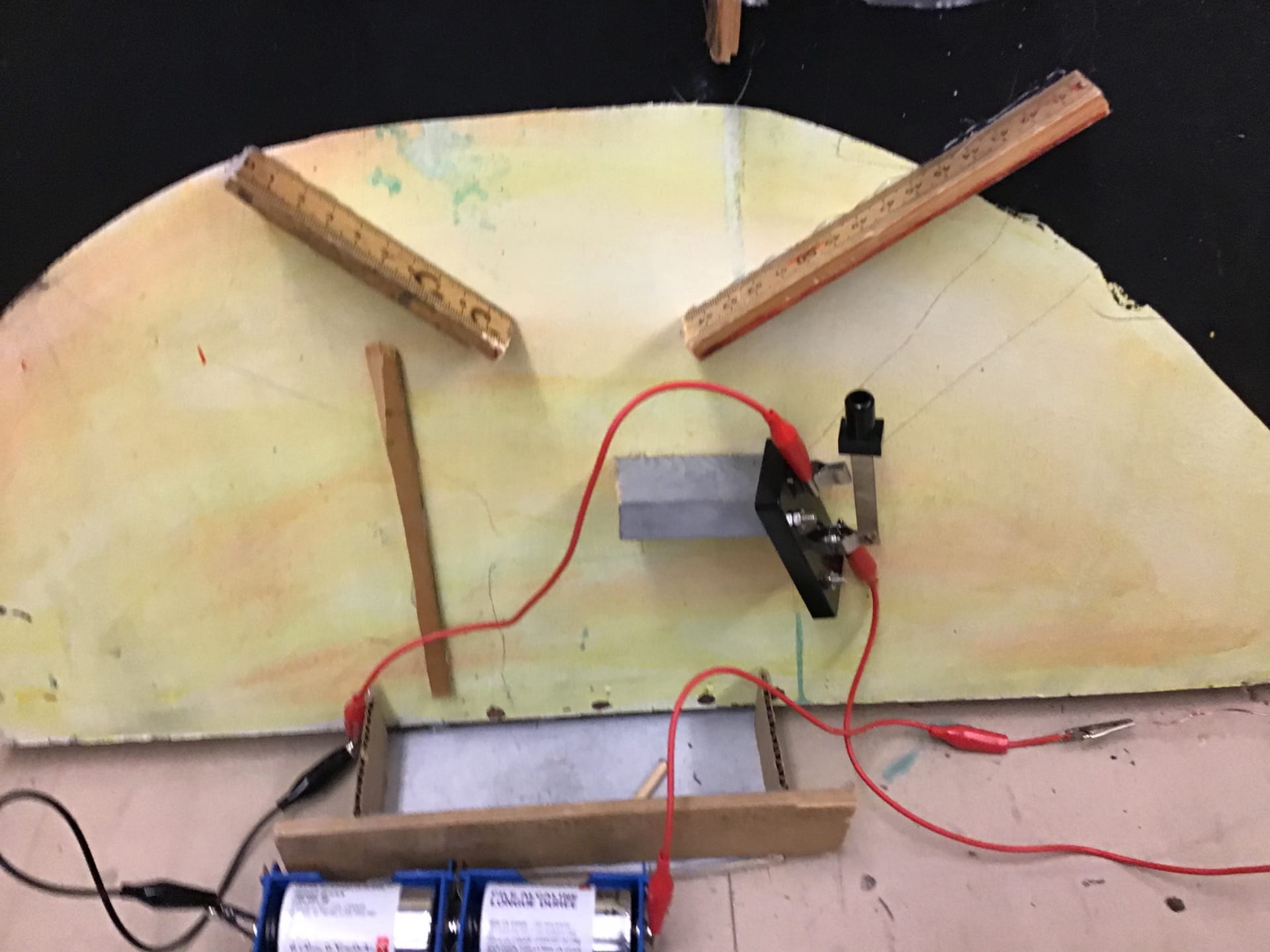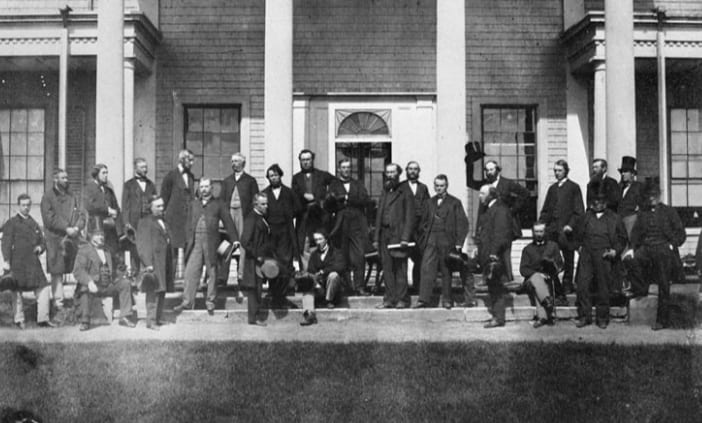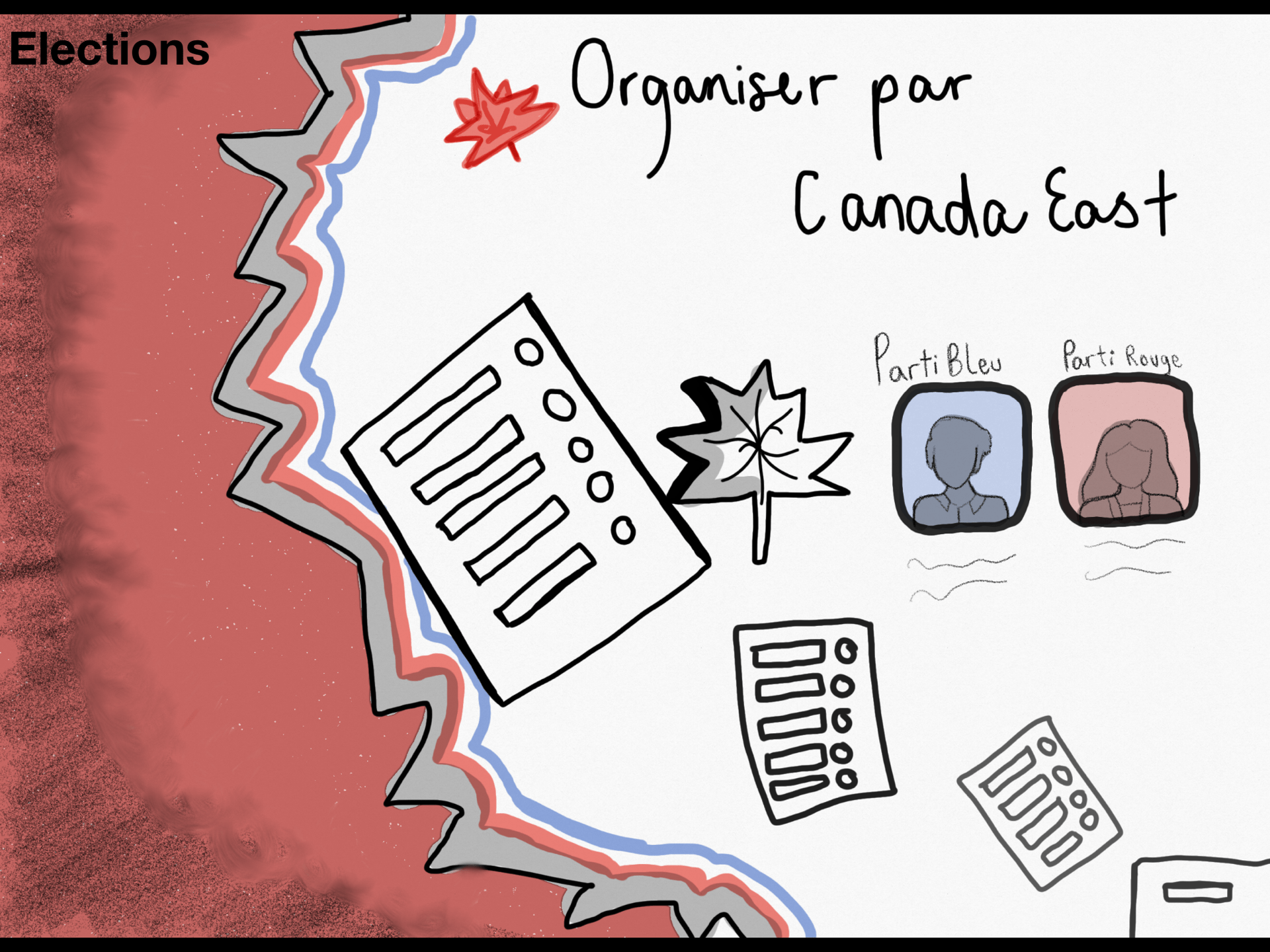TPols is all about reflecting on your learning, and this year there was a lot of things that didn’t go as planned. One cannot talk about 2020 without mentioning COVID 19. COVID 19 was a big unplanned event that changed the educational world. Online learning was introduced in order to keep social distancing in place. I will tell you right off the bat, I am not suited for online learning. So let’s get started.
Scimatics
Our Metaphor machines unit required me to use my reasoning and analyzing skills in order to make a functioning RubeGoldberg machine. This was one of my more liked project as it required problem solving and very literal visuals that helped show the solution. This was made in a team of 4 composed of Ally, Holly, Anders and I. We were able to combine our ideas to make a functioning RubeGoldberg machine that turns on an electric circuit that we made. This was explained in a video that shows each part of the machine and explained how it worked. I really liked this project because we were able to make a plan and follow through with it. We came together at the beginning to discuss our ideas, then we assigned roles and everyone did their part equally.
https://youtu.be/JnaeICd7p3c
Humanities
In Humanities the project that was most memorable was about ethical judgement. This was a partner project that focussed on decision making and in away justice. I found this project really interesting because it honed in on your morals and beliefs. Looking back in history to decide where someone’s judgment may have been clouded and deciding what is just and unjust was a very difficult task to do. I think that i grew the most as a learner in this project because of how it made me question my own morals it also helped that my partner, Matthew, and I disagreed on our topic and had very different opinions. This was one of the projects that i thought was the most memorable because even though my partner and i disagreed, it didn’t make it difficult to work with them and we were able to create visuals that we were proud of because of the different perspectives that we showcased.
Maker
Destination Imagination was the project that transitioned into Covid 19 panic mode. The regionals was held as usual and went fairly well, but provincials was cancelled. So what did we do? PLP held our own tournament. It was an online tournament where we weren’t really competing for awards but it was a good opportunity to use our problem solving skills, our teamwork, and our imagination. DI is always done in a fairly big group so one of the biggest challenges was finding times to meet up. It was hard to accommodate for everyone’s schedule s therefore a lot of meetings that were done wit people missing. Thankfully we did get it done and I thought that the improvements that we made were one of the better decisions we made. Since a lot of our props were at school, and we couldn’t get them, we mainly focussed on revising the script. Looking back, my favourite part was probably the instant challenge. During the challenge, one of our group members, who happened to be the narrator, was kicked out do to bad wifi right before the time was up. I ended up filling in and bluffed my way through. It’s pretty funny to remember looking back but back then i thought that i did horribly. Which makes me realize that i need to improve my attitude big time.
What has COVID made me realize about my learning?
I need to get better at focusing. If how I work depends on my environment it will most likely get harder for me in the future. So adjusting the environment to what I’m doing is what I have been doing so far but I need to get better at adjusting to the environment. COVID 19 have helped me realize that I can spiral pretty quickly. If I miss one due date, I start making excuses and letting more things slip and before I know it, I’m not attending classes. So I need to find a method that will 1. Keep me on top of my work. And if I get something late 2. Keep it at a minimum. How I’m going to do this I’m not sure yet. But I am definitely planning on experimenting on a few things because I have noticed that reminders aren’t working. I need to improve my attitude, both towards the assignments and to the finished result. If i do badly its not the end of the world is really a lesson that i need to learn and continue learning.
What am I going to do about it?
I am planning on continuing to work on my time management skills and find some other strategies to improve them. Time management is something that I have always struggled with and a big part of that if because I don’t see the point of doing the work. If I’m not excited about the assignment the likely hood of me wanting to finish it is low. Even if the concept of the project is something I like, there are usually a lot of steps that you need to take to get to that final concept and a lot of those steps aren’t as interesting to me.
How can my parents and teachers help?
Please continue what you have been doing so far. Occasionally giving reminders would be helpful but I really appreciate everything that you guys do.
